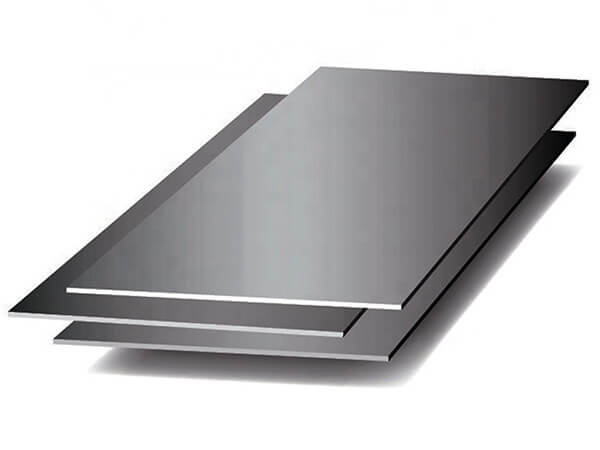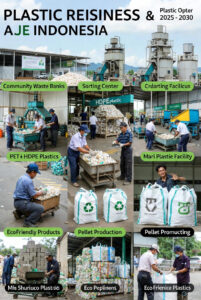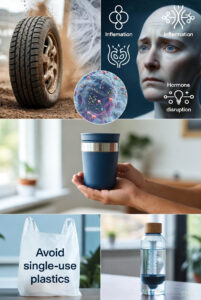
Stainless steel plate is one of the most widely used and trusted materials in modern industry.
Known for its exceptional corrosion resistance, strength, and long lifespan, stainless steel plate is used in construction, manufacturing, food processing, and countless other applications.
Whether for heavy-duty structural components or precision engineering, stainless steel plate delivers the perfect balance of aesthetics, performance, and sustainability.
What Is a Stainless Steel Plate?
A stainless steel plate is a flat sheet of steel containing at least 10.5% chromium, which forms a protective layer of chromium oxide on its surface.
This layer prevents rust, corrosion, and staining even in harsh environments such as marine, chemical, or outdoor exposure.
Plates are typically thicker than 6 mm, while thinner sheets are called stainless steel sheets.
The material can be cut, welded, bent, and polished, making it highly versatile for industrial and architectural use.
Types of Stainless Steel Plates
1. Austenitic Stainless Steel (300 Series)
The most common type, including 304 and 316 stainless steel, known for excellent corrosion resistance and formability.
- 304: Ideal for general applications and food-grade environments.
- 316: Contains molybdenum for superior resistance to acids and seawater.
2. Ferritic Stainless Steel (400 Series)
Magnetic and more affordable, with moderate corrosion resistance. Often used in automotive parts and home appliances.
3. Martensitic Stainless Steel
High hardness and strength, suitable for tools, blades, and turbine components.
4. Duplex Stainless Steel
Combines the best of austenitic and ferritic grades offering high strength and excellent resistance to stress corrosion cracking. Common in oil & gas, chemical, and marine industries.
Common Grades of Stainless Steel Plates
| Grade | Composition & Feature | Common Applications |
|---|---|---|
| 304 / 304L | General-purpose, food-grade, weldable | Food processing, kitchen equipment, tanks |
| 316 / 316L | Marine-grade, molybdenum-enhanced | Chemical plants, marine environments |
| 310S | High heat resistance | Furnaces, heat exchangers |
| 321 | Titanium-stabilized, good for high-temperature | Aerospace, exhaust systems |
| 410 / 420 | Hardenable, moderate corrosion resistance | Blades, cutlery, mechanical parts |
| 2205 Duplex | High strength, excellent chloride resistance | Offshore structures, pipelines |
Advantages of Stainless Steel Plate
- Corrosion and Rust Resistance
Stainless steel’s chromium content protects it from oxidation and corrosion, even in wet or acidic conditions. - High Strength and Durability
Stainless steel can withstand extreme pressure, heat, and mechanical stress, making it ideal for heavy-duty applications. - Hygienic and Easy to Clean
Smooth surfaces resist bacterial growth, making it perfect for food and medical industries. - Heat and Fire Resistance
Retains strength and shape even at high temperatures. - Sustainability
Stainless steel is 100% recyclable, reducing waste and energy consumption in manufacturing. - Aesthetic Appeal
Available in various finishes from matte to mirror polish suitable for decorative and architectural use.
Applications of Stainless Steel Plate
1. Construction and Architecture
Used for cladding, roofing, structural supports, handrails, and façades.
2. Food and Beverage Industry
Essential for sanitary processing equipment, countertops, and storage tanks.
3. Chemical and Petrochemical Plants
Resists corrosion from harsh chemicals and acids.
4. Marine and Offshore Engineering
316 and Duplex grades are preferred for ships, oil rigs, and seawater systems.
5. Energy and Power Generation
Used in pressure vessels, boilers, and heat exchangers.
6. Automotive and Aerospace
Lightweight and heat-resistant for exhaust systems, chassis components, and aircraft parts.
Surface Finishes of Stainless Steel Plates
| Finish Type | Description | Application |
|---|---|---|
| No. 1 | Hot-rolled, annealed, and pickled surface | Industrial, structural uses |
| 2B | Smooth, cold-rolled, standard finish | General applications |
| BA (Bright Annealed) | Highly reflective finish | Appliances, decorative uses |
| Mirror Finish | Polished for high shine | Architectural, design, signage |
| Brushed Finish | Fine texture with linear pattern | Interior design, elevators |
Dimensions and Availability
Stainless steel plates are available in various thicknesses, widths, and lengths:
- Thickness: 6 mm – 120 mm
- Width: 1000 mm – 2500 mm
- Length: up to 6000 mm or custom sizes
Custom cutting, laser processing, and bending services are also available for industrial applications.
Key Facts about Stainless Steel Plate
| Feature | Details |
|---|---|
| Material Composition | Iron, Chromium (10.5%+), Nickel, Molybdenum (optional) |
| Density | ~8.0 g/cm³ |
| Melting Point | 1,400 – 1,500°C |
| Tensile Strength | 500 – 750 MPa (varies by grade) |
| Form | Hot rolled, cold rolled, polished |
| Recyclability | 100% recyclable |
| Lifespan | 50+ years with minimal maintenance |





